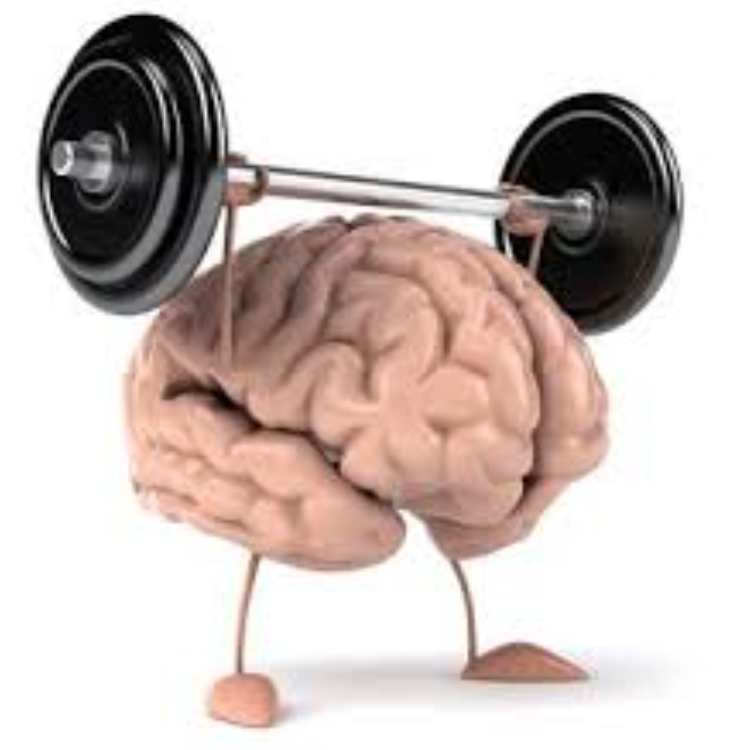The Importance of Compassion
Compassion Happens in Partnership
Quote of the Week: 10 Minute Write
Are you REALLY a good listener?
When you're talking to a friend, who does the most talking? Who does the most listening?Many times we think we're listening to someone else, when really, all we're doing is waiting our turn to share our thoughts because we just have to get them out of our heads.
Communication that strengthens relationships is an exchange of ideas. Strong relationship requires a balance of contribution between two people.
We are naturally drawn to people who are like us. When people like what we like and have experiences similar to ours, we're comfortable.
But, sometimes meeting someone new is absolutely NOT like us is the greatest gift we can give ourselves. If we're willing to listen and share with new people, different people, our lives expand.
But relationship can only be build on a "two way street", as Eleanor Roosevelt stated.
"Love is a delicate balance between understanding and compassion."
Developing understanding requires an awareness of your own feelings. It's a give and take.
Read about how teachers are helping students increase their awareness of their own feelings and the feelings of others.
CLICK HERE to read more.
Compassion and understanding are like peanut butter and jelly. They go together in all contexts. In order to be compassionate, you have to try to understand others, and understanding has the power to lead to compassion. Compassion IS a two way street.
People display compassion in many ways. Children and youth can better understand this trait when they have an understanding of what com-passionate actions look like and sound like. They will then be more likely to incorporate the behaviors below into their daily lives.
What Compassionate People Say:
―You look upset.‖
―I understand how you feel.‖ ―I’m sad that you got hurt.‖
―That happened to me too, once. It makes me feel sad for you.‖
―I’m so sorry that happened. Let me help.‖ ―I bet it hurts a lot.‖
―What can I do to help?
What Compassionate People Do:
-- Notice when people are hurting, and show that they feel for them
-- Feel sad when they see someone crying or hurt Console others in pain
-- Talk soothingly to those in pain
-- Listen patiently to someone’s problems, without interrupting
-- Mirror facial expressions of the distressed person
-- Volunteer time and resources to charity
-- Encourage others to practice compassion
Pause for a Moment
Take a moment to think about a time when your perception of a situation - the way you interpreted a situation - may have impacted your level of happiness.
When feel like we have little control over our circumstances, it's easy to get frustrated. As a young adult, you may feel you are told what to do all day long by the adult in your life.
Think about your daily life. When do you feel most out of control - or feel like you have very little choice. Do you get angry when you feel this way?
Quote of the Week Writing Assignment
Requirements:
Writing Prompt:
Write a PowerGraph about the relationship between understanding and compassion. Share personal experiences, tell your reader how they can increase your understanding of others. (info in the article linked above),
Or... if you have enough to say about Eleanor Roosevelt's quote, write a PowerGraph about depper insights triggered by her words of wisdom.
Memory Jogger
A Memory Jogger is like the note cards you made for yourself last week. It's a tool to help your brain call forth skills and information to use.
Here's your Memory Jogger for possible structure of a PowerGraph. Here are two possible PowerStructures you can can use. Pick one.
PowerFrame Suggestion #1 (1,2,3,2,3,2,31)
1. ______(Topic and focus) ______
2. ___( Reason or Benefit) ______
3. ____(Either Evidence or Support) ______
2. ___( Reason or Benefit) ______
3. ___(Either Evidence or Support) ____
2. ___( Reason or Benefit) ______
3. ____(Either Evidence or Support) ____
1. _____(Synonymous Topic Reference and Generalization) _____
PowerFrame Suggestion #2 (1,2,3,4,2,3,4,2,3,4,1)
1. ______(Topic and focus) ______
2. ___( Reason or Benefit) ______
3. ____(Either Evidence or Support) ______
4. ____(Either Evidence or Support) ____
2. ___( Reason or Benefit) ______
3. ___(Either Evidence or Support) ____
4. ___(Either Evidence or Support) ______
2. ___( Reason or Benefit) ______
3. ____(Either Evidence or Support) ____
4. _____(Either Evidence or Support) _____
1. _____(Synonymous Topic Reference and Generalization) _____
You can copy one of these down on paper and create your power frame on loose leaf for support.
Then type up your response to the Quote of the Week in a word document.
Save it to your flash drive.
Print it up.








